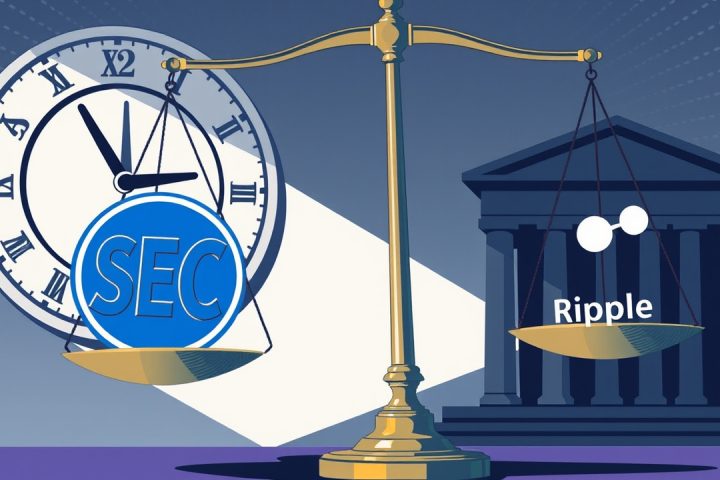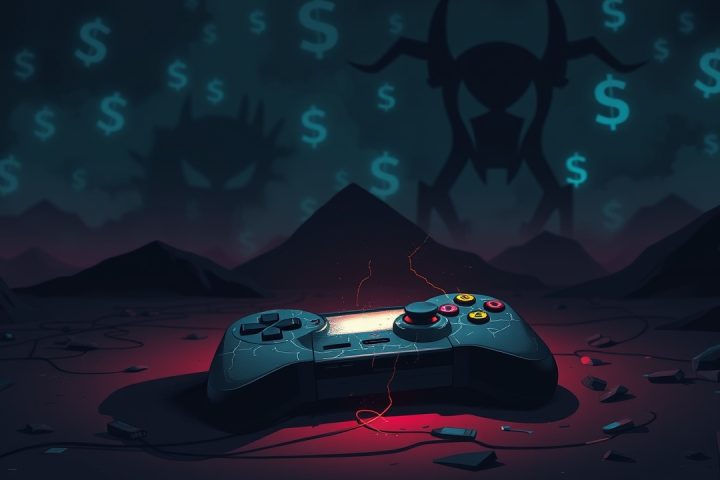Bitcoin Mining Difficulty Reaches New Heights
On Friday, Bitcoin’s mining difficulty surged to a record-breaking level of 134.7 trillion, marking a significant increase in the challenges miners face while trying to validate transactions on the network. This new high follows a trend that began in August, where the difficulty level consistently rose, contrary to earlier forecasts that anticipated a decline in mining accessibility.
Current Hashrate and Market Pressures
Currently, Bitcoin’s hashrate, which measures the total computational power employed for mining, has decreased to approximately 967 billion hashes per second. This is a significant drop from the peak of over 1 trillion hashes per second that was observed on August 4, as reported by CryptoQuant.
The intensification of mining difficulty has compounded the pressures felt by major mining operations within a highly competitive market characterized by slim profit margins. As mining demands increasingly sophisticated and expensive equipment and resources, concerns regarding the centralization of the Bitcoin mining industry grow. This economic burden tends to favor larger corporations and mining pools, making it harder for smaller miners to stay afloat.
Success Stories Among Individual Miners
Despite these challenges, individual miners haven’t been entirely sidelined. There have been noteworthy successes from smaller players, highlighting that they can still achieve block rewards amidst an industry dominated by larger entities. For instance, in July and August, three solo miners managed to successfully mine blocks and claim substantial rewards amounting to 3.125 BTC each, which was worth over $344,000 at the time.
The first of these solo miners, who was affiliated with the Solo CK pool, added block 903,883 on July 3 and earned just under $350,000 from block rewards. Shortly after, another solo miner successfully claimed rewards exceeding $373,000 for block 907,283 on July 26, and on August 17, yet another miner mined block 910,440, bringing in the same reward.
These instances demonstrate that, although the competitive landscape of Bitcoin mining is tightening, there are still opportunities for individual miners to thrive and capture rewards from their efforts.




